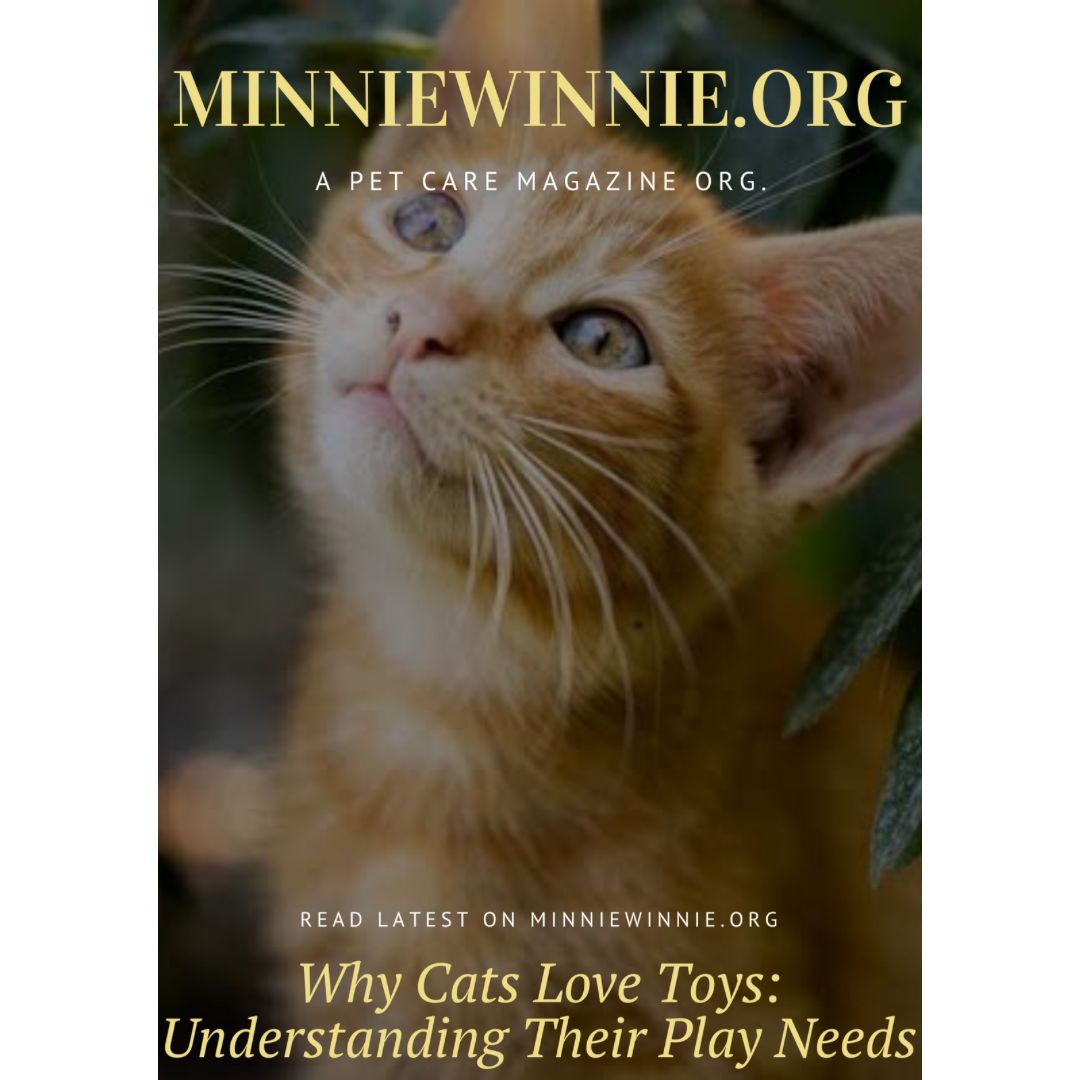Why Cats Love Toys: Understanding Their Play Needs
Cats are known for their playful and curious nature, often delighting in the simplest of toys, from a dangling string to a crinkly ball. But have you ever wondered why cats are so drawn to toys? Understanding a cat’s play needs offers insight into their behavior and helps us provide the mental and physical stimulation they require for a happy, healthy life.
1. Instinctual Behavior
At the core of a cat’s love for toys is their hunting instinct. In the wild, cats are natural predators, using their sharp senses and agility to stalk, chase, and capture prey. Even domestic cats, despite being well-fed and safe from predators, retain these primal instincts. Toys that mimic the movements of prey, such as those that wiggle, bounce, or dart around, tap into this innate hunting behavior. When a cat pounces on a toy, they’re not just playing—they’re practicing the skills that their wild ancestors used for survival.
2. Mental Stimulation
Cats are intelligent animals that require mental stimulation to stay engaged and avoid boredom. Toys provide an outlet for this mental energy, challenging a cat’s brain and encouraging problem-solving. Interactive toys, such as puzzle feeders or toys that dispense treats, require a cat to think and strategize, keeping their minds sharp. This mental stimulation is particularly important for indoor cats, who may not have the same opportunities to explore and hunt as their outdoor counterparts.
3. Physical Exercise
Play is a crucial form of exercise for cats, helping them maintain a healthy weight and build muscle tone. Toys that encourage running, jumping, and pouncing mimic the physical demands of hunting and are essential for keeping a cat physically fit. Regular play sessions can also prevent obesity, a common issue in indoor cats, and reduce the risk of related health problems such as diabetes and joint issues.
4. Emotional Well-being
Toys also play a significant role in a cat’s emotional well-being. Play provides an outlet for releasing pent-up energy and can help reduce stress and anxiety. For cats, particularly those living in a multi-pet household or in a busy environment, playtime offers a chance to unwind and relax. Engaging with toys can also help prevent behavioral problems, such as scratching furniture or excessive vocalization, by providing a positive and acceptable outlet for a cat’s energy and instincts.
5. Social Interaction
Toys can be a great way to bond with your cat, fostering social interaction and building trust. Interactive play, where you actively engage with your cat using a wand toy or a laser pointer, strengthens the bond between you and your pet. It’s a way to communicate and share in an activity that is both enjoyable and enriching for your cat. For kittens, play is also a way to learn social skills and develop coordination, making it a vital part of their growth and development.
6. Preventing Boredom
Cats, especially those that are kept indoors, can easily become bored if not provided with adequate stimulation. Boredom can lead to destructive behavior, such as scratching or chewing on household items, or even depression in extreme cases. A variety of toys, rotated regularly to keep them fresh and exciting, helps prevent boredom and keeps your cat entertained. Different types of toys, such as those that roll, crinkle, or move unpredictably, cater to a cat’s natural curiosity and need for exploration.
7. Supporting Natural Behaviors
Toys that allow cats to engage in natural behaviors—such as scratching, climbing, or chasing—are essential for their well-being. Scratching posts and climbing trees, for example, not only satisfy a cat’s need to scratch and climb but also provide a sense of territory and security. These toys support a cat’s instinctual behaviors in a healthy and constructive way, helping them feel more at ease in their environment.
Conclusion
Cats’ love for toys is deeply rooted in their instincts and needs, from satisfying their hunting drives to providing mental and physical stimulation. By understanding these play needs, we can better cater to our feline friends, ensuring they lead happy, healthy, and fulfilled lives. Whether it’s a simple ball of yarn or an elaborate interactive toy, the joy that cats find in play is a reflection of their complex and fascinating nature. As cat owners, providing a variety of toys and engaging in regular playtime is one of the best ways to support our pets’ overall well-being.










